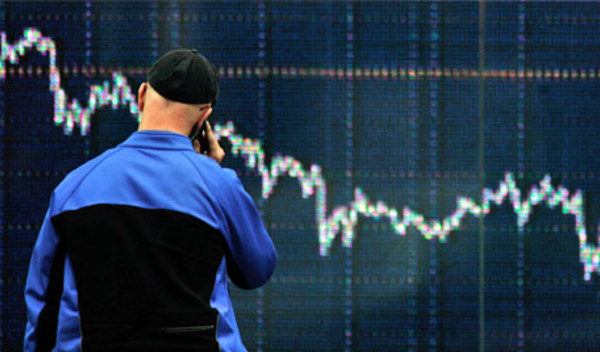

The vehicles both ranked among the poorest performing absolute return funds in the period between this year’s high in global markets on April 10 and the bottom reached on August 24, notwithstanding the disparate nature of portfolios in the sector.
Michael Paul, an alternatives fund analyst at Brewin Dolphin, said the wealth manager has put questions to Standard Life Investments over Gars’ short-term performance.
Mr Paul said: “We would’ve expected the fund to have probably lost less than [the 1.6 per cent it shed in August]. We have asked them what was driving the loss so we can assess it better.”
Scott Gallacher, chartered financial planner at adviser Rowley Turton, said of the duo: “We have some concerns over the size of both funds and whether this affects their future returns and also their ability to be defensive. Both of these funds suffered in the August wobble, losing circa 3-4 per cent at one point.”
The funds’ losses between April’s high and August’s low, of 4.2 per cent and 4.3 per cent respectively, are significantly less severe than the MSCI World index loss of 16.2 per cent in sterling terms. But FE Analytics data shows the correlations between both funds and global equities have been on the rise in recent months.
While Gars has a 0.67 correlation with the MSCI World index over three years (where 1 is a perfect correlation) and Real Return a correlation of 0.78, these figures rise over short-term horizons – culminating in correlations of 0.95 and 0.87 in the past six months.
Mr Paul said a correlation of 0.95 is “too high”, given it is one of the most important metrics Brewin Dolphin looks at in an absolute return fund.
However, he said an analysis of day-to-day correlations is as important as long-term figures in order to judge a portfolio’s dependence on beta.
Gars remains on Brewin’s buy list, not least because of its long-term outperformance. The fund re-entered the Investment Adviser 100 Club this year, based on its one- and three-year figures to the end of May.
But it has come under pressure more recently, suffering its first quarterly loss in three years in the second quarter of 2015 and then attracting criticism from Morningstar last month.
Randal Goldsmith, a Morningstar fund analyst, said he is “seeing changes to the fund and, in particular, has seen a reduction in the fund’s ability to produce alpha from stock selection” since its total retail and institutional assets passed £40bn earlier this year.
Andrew Alexander, head of investments and product strategy at Three Counties, said Gars is “too big”, and added that Real Return’s performance has been “nondescript”.
When examining the Sortino ratio, in which a higher number means a lower probability of a large loss, figures from Three Counties also show both funds’ ratios have moved into negative territory on a 12-month view. Compared with an average of 0.73 for their peers, Gars has a Sortino ratio of -0.45, while Real Return has a ratio of -0.25.
A spokesperson from SLI said: “Gars generates its investment performance primarily from careful selection of market opportunities taken with a three-year view, rather than from individual security positions that are often based on a shorter-term outlook.
“The fund has performed well for its investors. Since launch and irrespective of market conditions, the fund has delivered its performance target of cash plus 5 per cent gross of fees over a rolling three-year period with relatively low levels of volatility and we are confident it will continue to do so.”
A spokesperson from Newton said: “Over the longer term – both five and 10 years – the fund continues to outperform its performance reference (Libor plus 4 per cent), while seeking to provide a consistent level of upside participation in financial market strength, with limited downside and low levels of volatility.”




